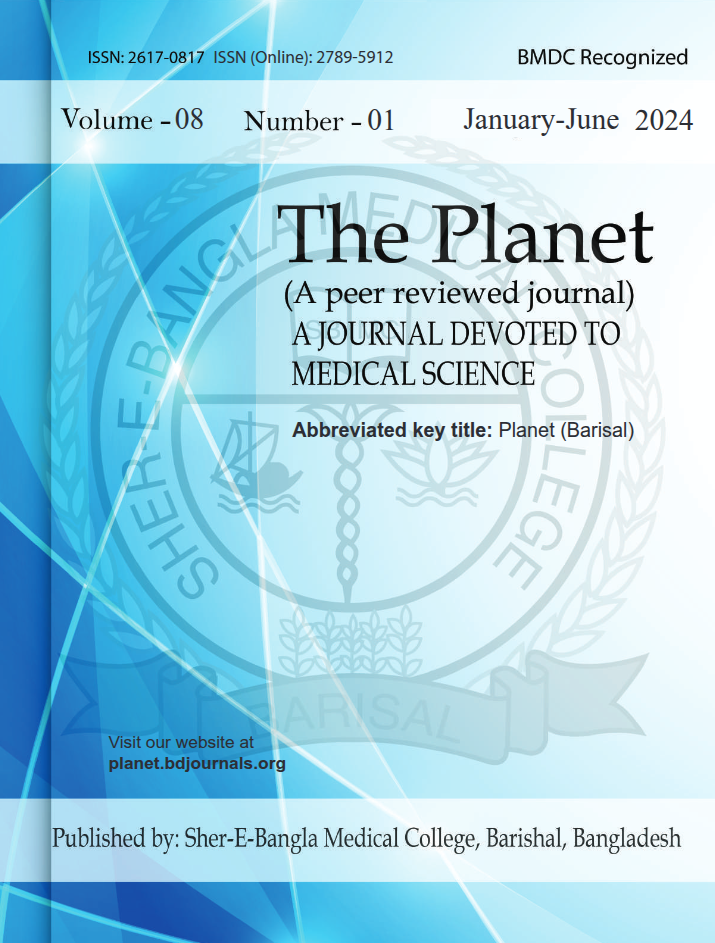Case Study of Psychological Stress Leading to Acute Respiratory Failure in a Primigravida of 38 Weeks of Pregnancy
Publiée 2024-03-17
Mots-clés
- General anesthesia,
- Operation theatre,
- Endotracheal tube,
- Oxygen,
- Intravenous
- Caesarian section,
- Apgar score,
- Pulse rate ...Plus
(c) Copyright The Planet 2024

Ce travail est disponible sous la licence Creative Commons Attribution 4.0 International .
Comment citer
Résumé
A 39-year-old pregnant woman with Primi-gravida was brought to the hospital two days prior to her scheduled caesarian section. About 13 years ago, the patient underwent balloon mitral valvuloplasty (BMV) for rheumatic heart disease. A year and a half ago, she had surgery for a uterine myoma under general anesthesia. We completed all of the patient's preoperative investigations. Every report fell within the typical range. The patient had acute dyspnea, shortness of breath, restlessness, productive cough, difficulty lying down in bed, and even trouble speaking during the preoperative block on the day of the procedure. Upon assessment, the patient's blood pressure was 150/90 mm/Hg, arterial oxygen saturation was 80%, respiratory rate was greater than 35 beats per minute, and pulse rate was greater than 110 beats per minute. Diffuse bilateral crepitations were detected by chest auscultation. Both hypoxemia and hypocarbia were detected in arterial blood gas. Since it was an elective caesarian section and the patient's condition needed to be improved before the procedure, the surgeon postponed it. Within 20 to 30 minutes, the patient lost consciousness, became completely cyanosed, and had foamy secretions coming out of their mouth and nose. Under general anesthesia, the internal medicine specialist recommended performing an urgent caesarian section. Without delay, the patient was moved to the operating room. The rapid sequence induction method was used to induce general anesthesia in addition to continuous suction at the nose and oral cavity. As soon as possible, the surgeon was asked to do a caesarian section. Following delivery, the infant's Apgar score was one. A pediatrician's resuscitation boosted the score to seven, at which point the baby was moved to the neonatal intensive care unit. Following the caesarian section, the patient was moved to the intensive care unit and, 48 hours later, was released from the hospital.



